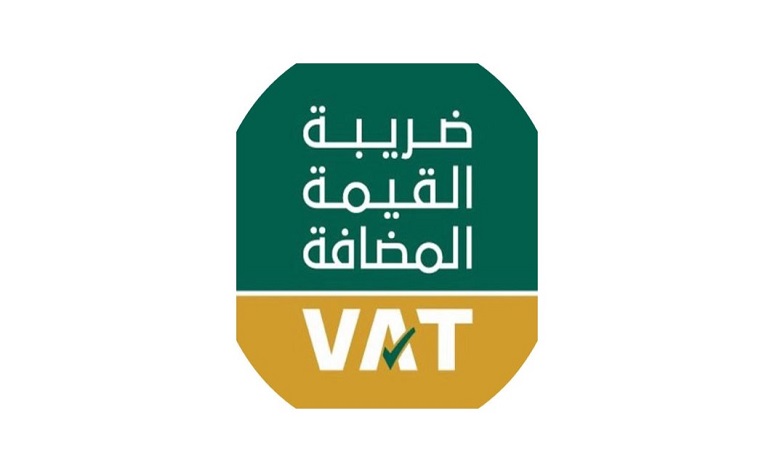Value Added Tax Calculation in Saudi Arabia is imposed on a range of services and goods at a fixed rate determined by the authorities in the Kingdom.
Saudi Arabia ratified the GCC Unified VAT Agreement and officially implemented the system in 2018.
To learn more about Value Added Tax in Saudi Arabia, including who is exempt and how to register under the system, continue reading this article.
During the purchase or transfer of goods and services, a value added tax is typically required to be paid. But what exactly is VAT?
What is Value Added Tax in Saudi Arabia?
Value Added Tax is an indirect tax applied to products and services at various stages of the supply chain—from production, through distribution, and ultimately to the final sale to the consumer. Businesses collect VAT from consumers and remit it to the government, while also reclaiming any VAT paid to suppliers.
In Saudi Arabia, the Zakat, Tax and Customs Authority (ZATCA) is the official body responsible for managing and collecting VAT.
Value Added Tax Calculation
The importance of Value Added Tax Calculation lies in determining the precise amount due and incorporating it accurately into invoices for goods or services.
To perform a correct Value Added Tax Calculation, the following guidelines must be followed:
-
The company or business must be registered under the VAT system.
-
The supplier must determine the amount of VAT owed.
-
VAT should be calculated across all stages of the supply chain.
VAT Rate in Saudi Arabia
Both consumers and business owners are keen to understand the applicable VAT rate in the Kingdom of Saudi Arabia.
VAT is implemented in over 160 countries worldwide, with rates varying by country. When VAT was initially introduced in Saudi Arabia in 2018, the rate was set at 5%. However, a royal decree in 2020 raised the rate to 15%.
Value Added Tax Calculation for Businesses and Individuals
Understanding Value Added Tax Calculation is critical for businesses and individuals who are subject to VAT in Saudi Arabia.
Here’s how to perform a simple Value Added Tax Calculation:
-
Identify the current VAT rate (e.g., 15%).
-
Multiply the original cost of the product or service by this rate.
-
Add the resulting VAT to the original price to get the total inclusive cost.
Example:
If a product costs SAR 2,000 and the VAT rate is 15%, the calculation would be:
2000 × 0.15 = 300 SAR VAT
Total cost including VAT = 2000 + 300 = SAR 2,300
For official details, you can refer to ZATCA’s website, where all registration and compliance guidelines are available.
VAT Registration for Businesses
The Zakat, Tax and Customs Authority allows businesses to register for VAT online. Here’s how:
-
Visit ZATCA’s official website.
-
Navigate to the “Zakat, Tax and Customs Services” section.
-
Select “Value Added Tax.”
-
Choose “VAT (Businesses).”
-
Complete and submit the registration form.
After submission, you will receive a VAT registration certificate notification.
The Saudi government mandates VAT registration for businesses with annual revenues exceeding SAR 375,000, and makes it optional for those with revenues between SAR 187,500 and SAR 375,000. Businesses below SAR 187,500 are exempt.
Purpose and Adjustments to VAT
The GCC introduced the VAT Agreement in 2016 to:
-
Diversify the economies of member states and reduce reliance on oil.
-
Ensure steady revenue collection through the Value Added Tax Calculation at each stage of the supply chain.
-
Boost exports by exempting them from VAT.
-
Increase imports and overall government income.
Saudi Arabia initially applied a 5% VAT rate, which later tripled to 15%. However, there is speculation that VAT may be reduced in 2025.
Who is Exempt from VAT?
Certain goods, services, and businesses are exempt from VAT in Saudi Arabia:
-
Businesses with revenues below SAR 187,500.
-
Medical supplies and medicines.
-
Domestic and international transport services.
-
Exports to non-GCC countries.
-
Residential rentals.
-
Financial services such as bond issuance and bank accounts.
-
Investment-grade gold, silver, and platinum.
Additionally, several government services are VAT-exempt, including:
-
Public healthcare.
-
Public education.
-
Document renewal and non-economic government services.
Claiming a VAT Refund
Buyers can request a VAT refund through ZATCA if they meet specific conditions. The process includes:
-
Logging into ZATCA’s website.
-
Navigating to “Indirect Taxes” > “Value Added Tax.”
-
Clicking on “Refund Payments.”
-
Filling out the refund request form and submitting it.
Once reviewed, ZATCA will respond with the outcome.
This article has covered the basics of Value Added Tax in Saudi Arabia, including registration, rates, exemptions, and the Value Added Tax Calculation process. As the system continues to evolve, staying informed through official sources is essential for compliance.
Read also:
Accounting and Auditing Firms in Saudi Arabia
Business Pillars CPAs Company – Accountants and Legal Auditors
Corporate Zakat in Saudi Arabia and How to Calculate It
Submitting the Income Tax Return and How to Pay the Tax
Corporate Income Tax in Saudi Arabia and How to Calculate It

